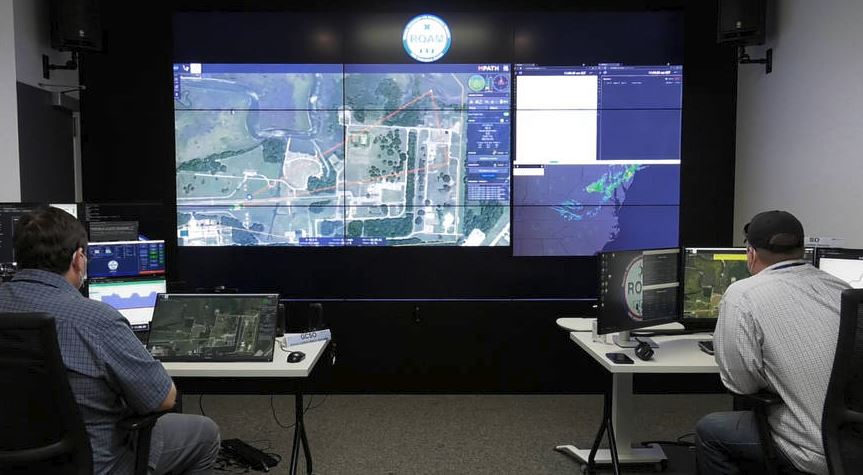
NASA researchers recently completed a series of tests to help make its vision of a facility where large volumes of vertical take-off and landing aircraft can operate into a reality. In the coming years and decades, NASA wants to bring new and innovative aviation services to areas across the country, which will likely mean more helicopter-style aircraft in the skies.
In a press release NASA says it’s “Advanced Air Mobility (AAM) project works to help emerging aviation markets safely develop air transportation systems to move people and cargo. Its High Density Vertiplex (HDV) subproject seeks to develop the infrastructure needed to support those systems. Much of the country’s air infrastructure is dedicated to airplanes. But in the future vertiports will become increasingly important, especially in urban areas.
“NASA’s Langley Research Center in Hampton, Virginia, and the agency’s Ames Research Center in California’s Silicon Valley, recently completed a series of HDV tests that marked the first Level-1 milestone for AAM, a significant step toward the future or urban flight.
“The researchers faced three unique challenges. First up, developing a prototype Urban Air Mobility ecosystem that met several key requirements, including automated systems for aircraft operations, airspace management, ground control and fleet management.
“The second big challenge for HDV: developing proposed flight operations for remotely piloted aircraft in urban areas beyond their operators’ lines-of-sight. To create this proposal, known as a safety case, the researchers used aircraft operating at Langley’s City Environment Range Testing for Autonomous Integrated Navigation – first in simulation, then live.
“HDV’s third objective of HDV was to demonstrate automated capabilities while still flying within visual line-of-sight. Some of the testing scenarios included standard A to B flights, flights that got re-routed to alternate vertiports, simulated emergencies, and flight tests with multiple vehicles performing autonomous ‘detect-and-avoid’ functions.”
For more information
https://www.nasa.gov/feature/nasa-vertiport-research-takes-flight
(Image: NASA)

